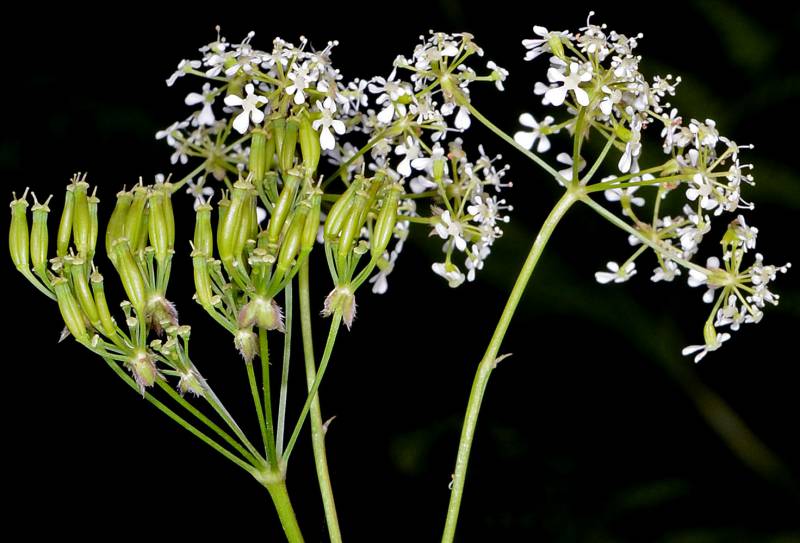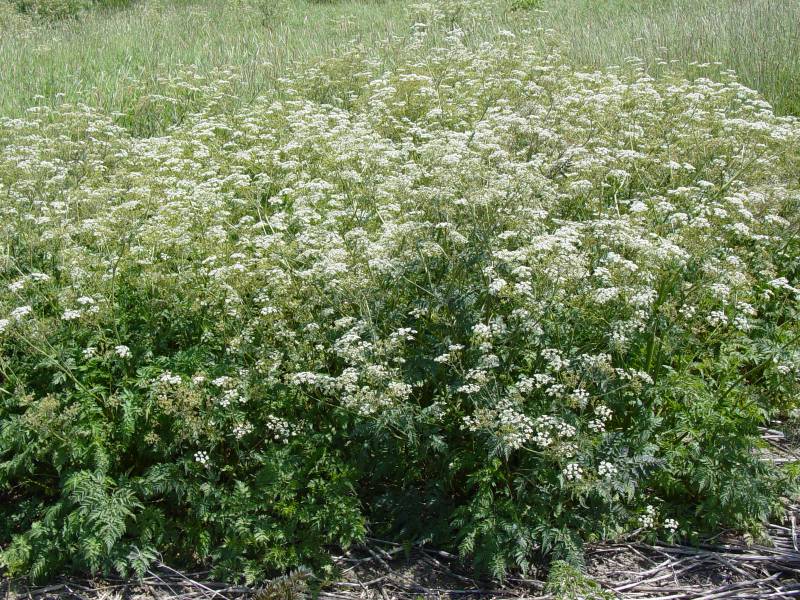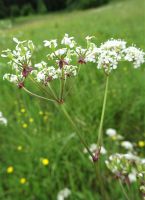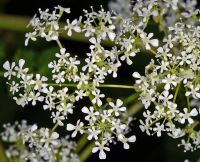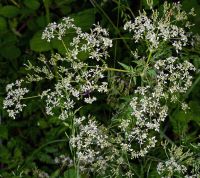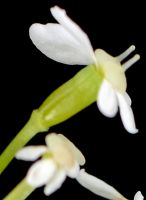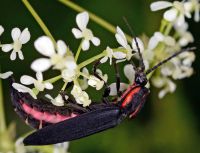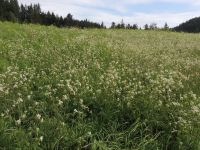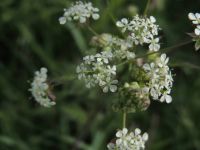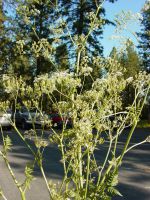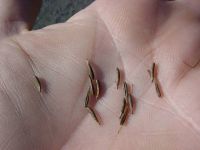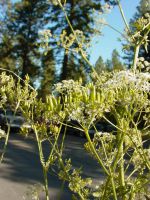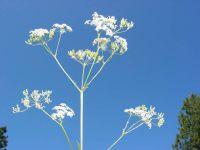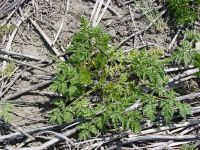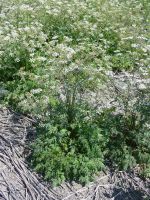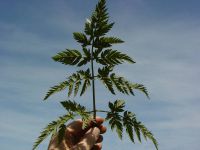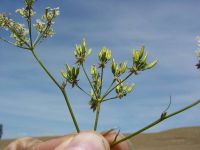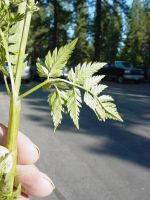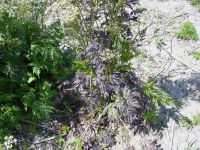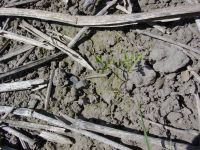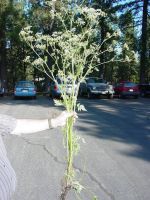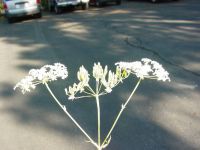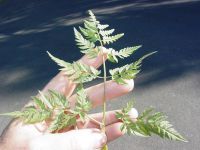Distribution: Occurring on both sides of the Cascades crest in Washington; British Columbia to Oregon, east to Idaho, also in eastern North America and Greenland.
Habitat: Roadsides, fields, forest edge, wastelots, and other disturbed areas where seasonally moist.
Flowers: May-August
Origin: Introduced from Eurasia
Growth Duration: Annual
Conservation Status: Not of concern
Pollination: Flies, beetles, wasps
Taprooted, leafy-stemmed, branching annual, the stem glabrous and often purple, 5-15 dm. tall.
Leaves basal and cauline, with short, stiff hairs, gradually reduced upward, petiolate, the blade 2-3 pinnately dissected with small ultimate segments.
Rays 3-6, 1-2.5 cm long; involucre wanting; involucel of a few small bractlets; umbellets with 3-7 flowers, the calyx obsolete, the five petals white; the pedicels short, each with a ring of short, flattened hairs at the summit.
Fruit oblong, 4-5 mm. long, beaked, black and smooth.
Publication: Gen. Pl. Umbell. 40 (t. 1, fig. 19). 1814.
PNW Herbaria: Specimen records of Anthriscus sylvestris in the Consortium of Pacific Northwest Herbaria database.
WA Flora Checklist: Anthriscus sylvestris checklist entry.
OregonFlora: Anthriscus sylvestris information.
E-Flora BC: Anthriscus sylvestris atlas page.
CalPhotos: Anthriscus sylvestris photos.
USDA Plants: Anthriscus sylvestris information.

